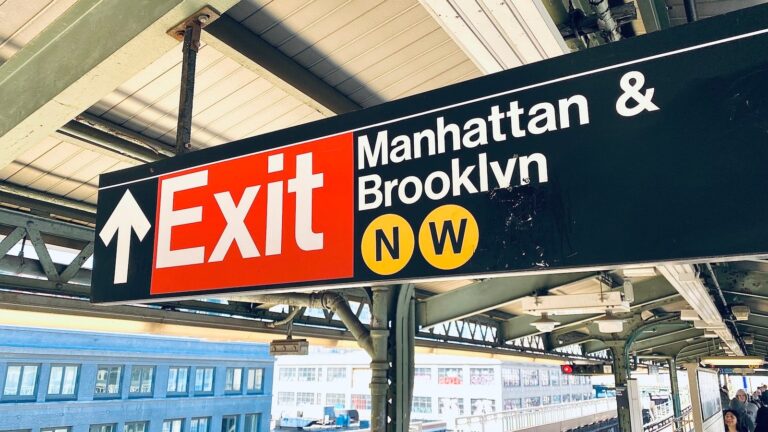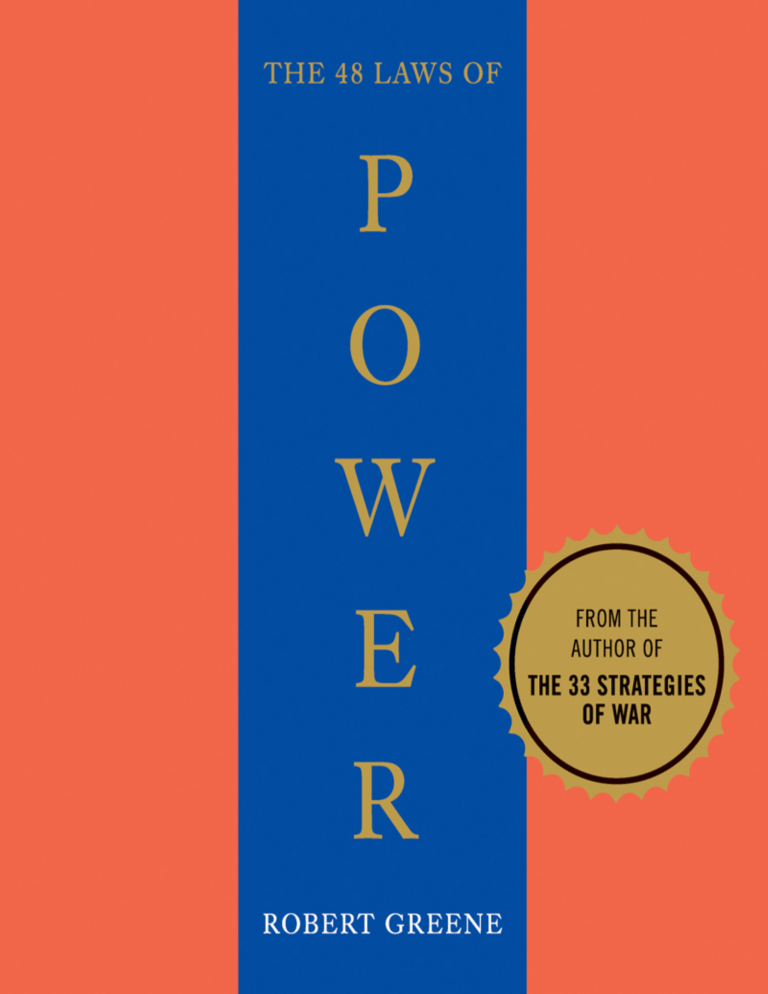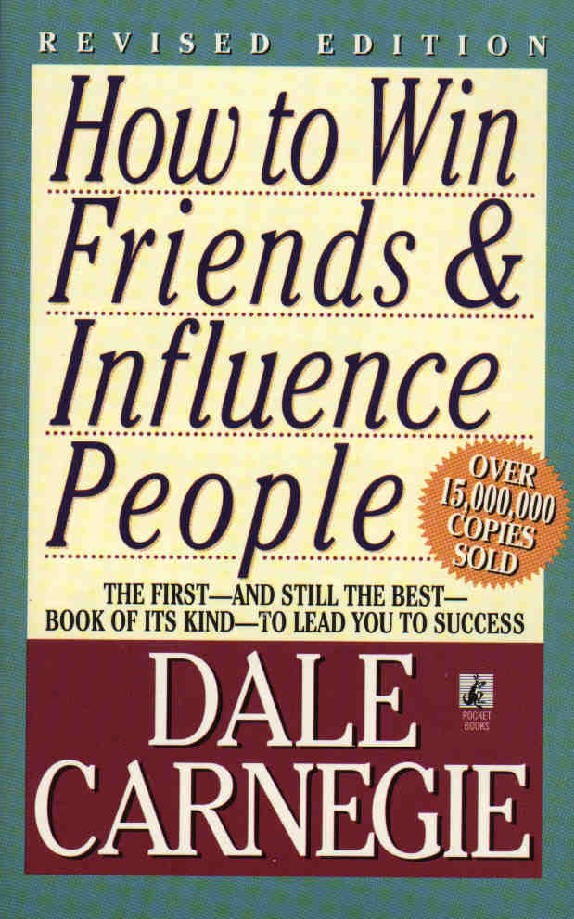In their book “Blue Ocean Strategy,” W. Chan Kim and Renée Mauborgne argue that successful execution of a new strategy, particularly one that breaks away from the competition, requires overcoming key organizational hurdles.
They illustrate this point with the compelling story of William Bratton, who, as chief of the New York Transit Police in the 1990s, successfully transformed the city’s subway system from a dangerous “electric sewer” into a safe haven for its citizens.
One of the key challenges Bratton faced was the cognitive hurdle, or the widespread belief within the organization that the prevailing state of affairs was unchangeable. Instead of relying on statistics and reports to convince his team of the need for change, Bratton employed a more powerful tactic: he made them experience the harsh reality firsthand.
He insisted that his top brass ride the subway during peak hours, exposing them to the very conditions that made citizens afraid. This direct encounter with the “electric sewer” proved more effective than any data in shattering their complacency and instilling a sense of urgency for change.
Bratton further reinforced this sense of urgency by forcing his managers to confront disgruntled customers directly. He organized meetings where community leaders and residents could voice their concerns and frustrations to the police, allowing officers to hear firsthand the impact of crime and disorder on people’s lives.
This approach not only highlighted the need for change but also fostered a sense of empathy and accountability among the police force.
By leveraging these disproportionate influence factors, Bratton effectively broke through the cognitive hurdle within his organization, paving the way for the implementation of his innovative “broken windows” policing strategy, which ultimately led to a dramatic reduction in crime and a restoration of public confidence in the subway system.
This story exemplifies the power of tipping point leadership in driving successful organizational change.
Enjoyed this short story on Blue Ocean Strategy? Read the full book summary here or buy the book on Amazon here








Leave a Reply